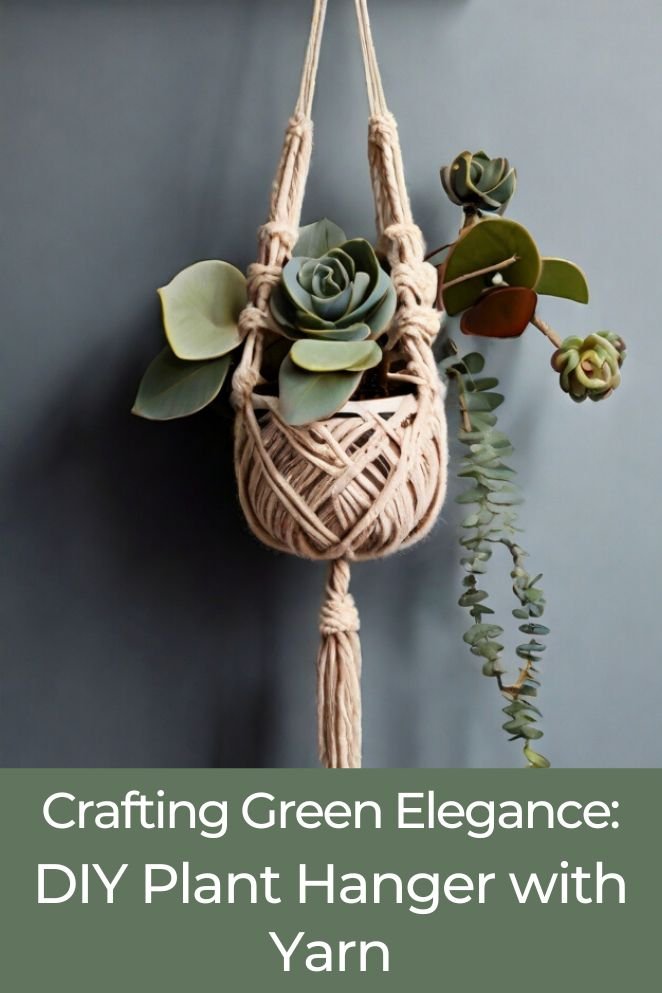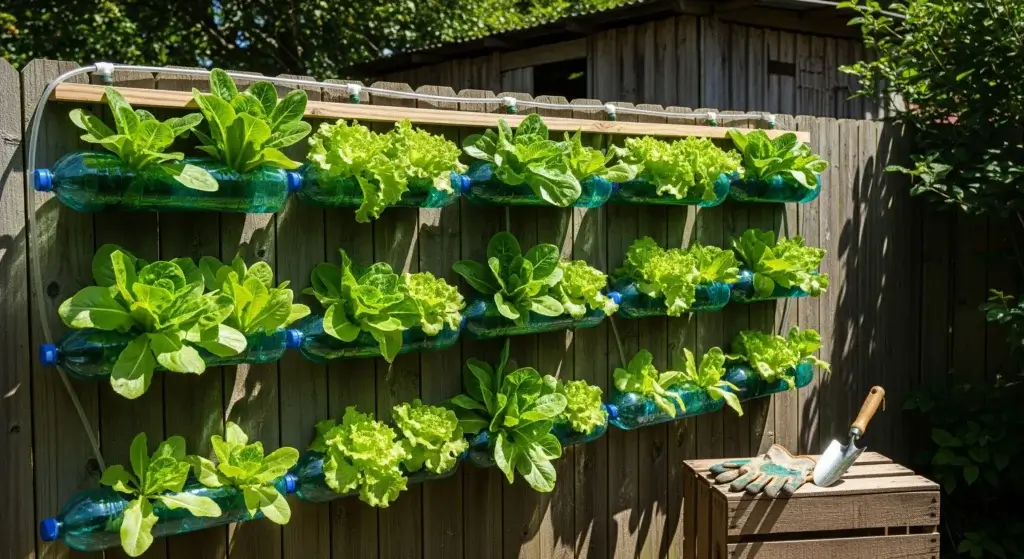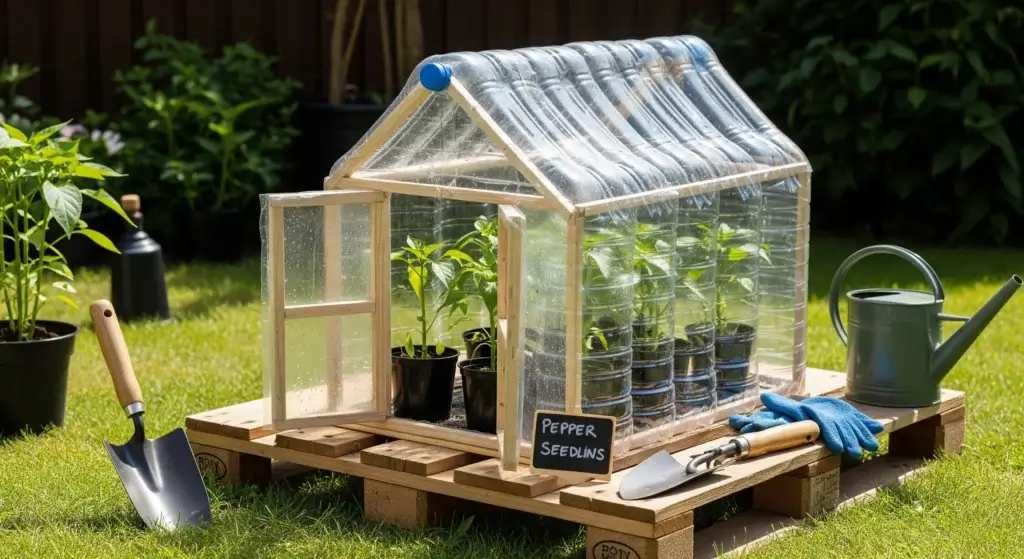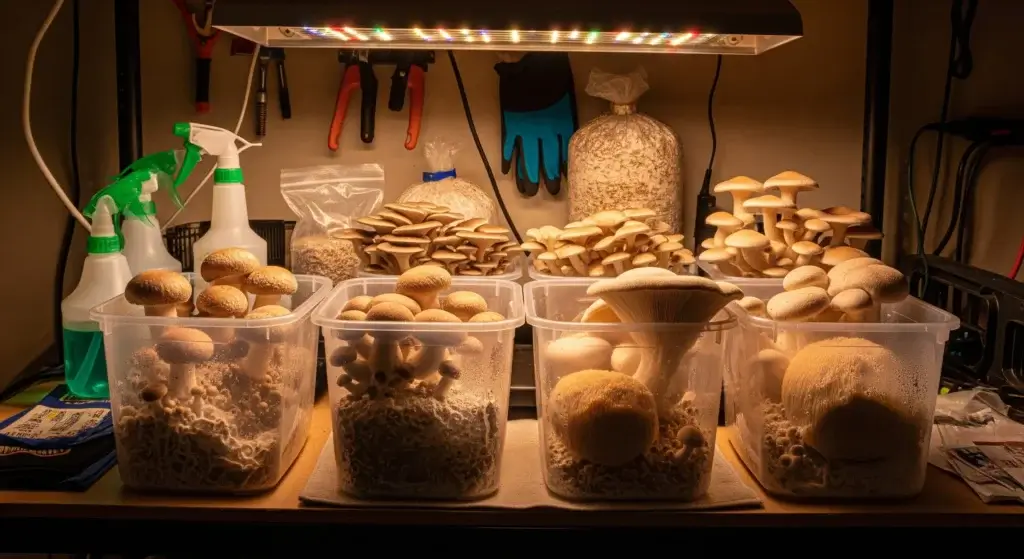
Are you looking to add a touch of green to your living space?
Creating your own DIY plant hanger with yarn is a fun and rewarding project that can bring a natural and cozy vibe to any room.
In this article, we will guide you through the process of making a beautiful plant hanger using yarn, along with tips for variations and customization.
Materials and Tools
To get started with your DIY plant hanger, you will need the following materials and tools:
Thick yarn in the color of your choice
- Scissors
- Wooden ring or metal ring (optional)
- Potted plant
Gathering these materials will set you up for a successful and enjoyable crafting experience.

Instructions
Measure and cut the yarn
Begin your plant hanger project by cutting several pieces of yarn to your desired length.
The length can be customized based on how low you want your plant to hang.
Ensure consistency in the lengths for a balanced appearance.
- Read also: Crafting DIY Plant Hangers with Rope
- Read also: DIY Plant Stand Outdoor Ideas
Create the knots
Take each cut piece of yarn and fold it in half. Form a loop at the top and secure it to the wooden or metal ring using a simple knot.
This initial knot serves as the top anchor point for your plant hanger.
Work on the body
Divide the yarn into groups, and start creating knots to form a net-like pattern.
You can opt for classic square knots or choose any decorative knot that suits your preference.
Continue this process until you achieve the desired length for your plant hanger, ensuring a visually appealing and sturdy net design.
Finish the bottom
Once the body of the hanger is complete, gather all the yarn pieces together at the bottom and tie a knot to create a tassel-like finish.
This not only adds a decorative touch but also provides balance to the overall design.
Place the potted plant
The final step involves placing your potted plant into the center of the hanger.
Adjust the knots as needed to ensure the plant is secure and the hanger is balanced.
Be mindful of the plant’s weight and size to maintain stability.
Variations and Customization

Elevate your DIY plant hanger by exploring the myriad ways to infuse creativity and personalization into your project.
Yarn Choices
Dive into a world of colors! Experiment with different yarn hues to match or contrast with your home decor.
Consider earthy tones for a natural look, vibrant colors for a playful touch, or neutrals for an elegant aesthetic.
Knot patterns
The beauty of DIY lies in the details. Explore various knot patterns to give your plant hanger a distinctive character.
Whether you prefer classic square knots, intricate macramé designs, or a combination of both, the possibilities are limitless.
Length variations
Tailor the length of your plant hanger to suit your space and aesthetic preferences.
Experiment with different lengths to achieve a cascading effect or a more structured appearance.
Ensure balance and symmetry as you customize the hanging strands.
Embellishments
Elevate your creation with thoughtful embellishments.
Consider adding beads along the lengths for a bohemian vibe or incorporating tassels for a playful twist.
These additions not only enhance the visual appeal but also reflect your unique style.
Personalized accents
Make it uniquely yours!
Introduce personalized accents like charms, small trinkets, or even small potted succulents within the design.
These additions add a touch of sentimentality to your DIY creation.
Mixing materials
Break the monotony by introducing different materials.
Combine yarn with natural fibers, ribbons, or even metallic threads for a diverse texture.
This amalgamation of materials can create a visually intriguing and tactile plant hanger.
Common Mistakes to Avoid

When making a DIY plant hanger with yarn, there are some common mistakes to avoid to ensure that your project turns out beautifully.
Here are some tips to help you avoid these mistakes:
Cutting the yarn too short
Always measure and cut enough yarn for your project. Inadequate lengths can result in an incomplete or uneven plant hanger.
Prioritize precision to ensure a well-proportioned and visually appealing final product.
Not using the right type of yarn
Opt for a yarn that matches the weight and strength requirements of your plant.
Selecting a thin or weak yarn may compromise the structural integrity of your hanger, leading to potential breakage or instability.
Choose a thick and sturdy yarn to guarantee sufficient support.
Not securing the knots properly
Tight knots are the backbone of a robust plant hanger.
Ensure each knot is securely fastened to prevent unraveling or instability.
Loose knots may compromise the overall structure, undermining the functionality and longevity of your creation.
Not balancing the plant hanger
Achieve equilibrium by adjusting knots when placing the potted plant into the hanger.
Unbalanced hanger risks tipping over or collapsing, potentially causing damage to the plant and surroundings.
Prioritize stability for a safe and visually pleasing result.
Not experimenting with variations and customization
Embrace the opportunity to infuse creativity into your project.
Experiment with diverse yarn colors, knot patterns, and lengths to craft a unique and personalized plant hanger.
Don’t shy away from innovation—let your plant hanger reflect your distinctive style.
- Read also: DIY Plant Stands Indoor
- Read also: DIY Garden Trellis Arch

Conclusion
Creating a DIY plant hanger with yarn is a wonderful way to bring a bit of nature into your home while expressing your creativity.
By following these simple instructions and letting your imagination run wild with customization, you can craft a beautiful and functional piece that showcases your unique style.
Whether you’re a seasoned crafter or new to the world of DIY, this project is sure to bring joy and a sense of accomplishment.
By incorporating specific information, facts, and a conversational style, this blog post aims to provide an engaging and informative guide for individuals interested in creating their own DIY plant hangers with yarn.
The content is original, avoids repetition, and is optimized for search engines to enhance its visibility and reach.



